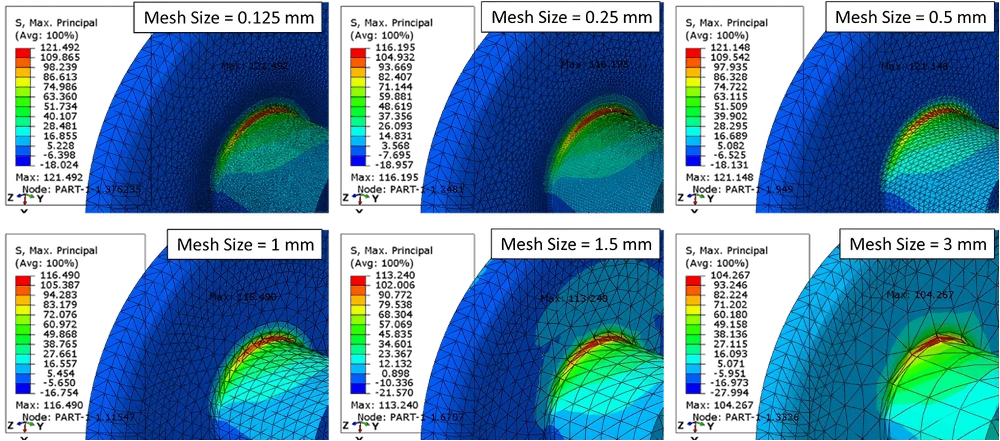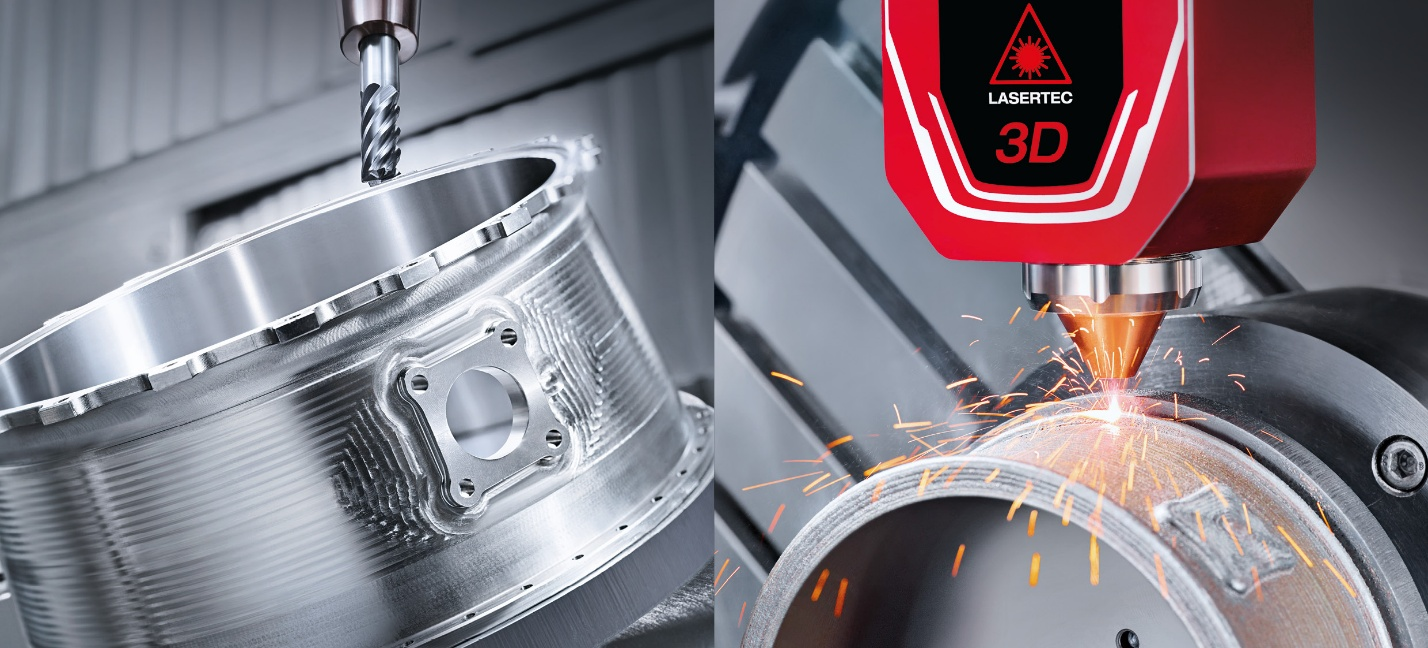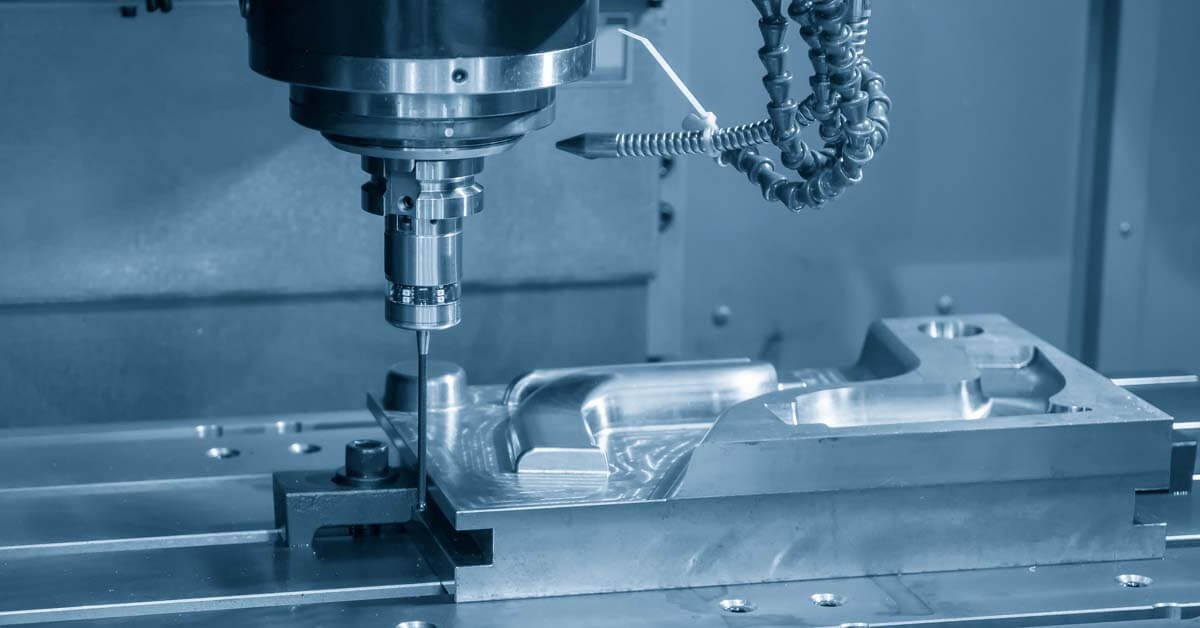1.0 Introduction
Due to its exceptional durability and adaptability, aluminum is a material that is highly prized throughout aluminum cnc machine shops. It might be difficult to choose the proper grade for a work because aluminum comes in a variety of shapes and grades. The grade you choose will be determined by a number of elements, including the amount of corrosion resistance you need, the aluminum's overall strength, formability, and weldability, among others. Aluminum alloys 6061 and 6063 are common aluminum alloys that contain both magnesium and silicon as key alloying ingredients. Magnesium silicide is created when these ingredients are mixed together. They are both members of the 6xxx family. They have nearly all of the same characteristics as the 6xxx aluminum series. Therefore, distinguishing between the two alloys can be difficult for a cnc machining factory.

2.0 Aluminum Grades
Both are aluminum alloy grades utilized by cnc machined parts companies. Before comparing the two, let's take a look at each series separately.
2.1 6061 Aluminum Grade
Aluminum 6061 is toughened by a heat treatment process that includes the dispersal of particles inside the metal's grain structure, effectively inhibiting motion and boosting strength and durability. Silicon and magnesium, as well as iron, copper, and zinc, are some of the most important alloying elements. One of the most adaptable aluminum alloys is 6061 aluminum. This is due to the fact that it can be made using many of the most common processes, and it has a wide variety of mechanical characteristics and is easy to deal with.
6061 is also highly weldable and has a strong corrosion resistance. Tempered 6061-T6 and 6061-T651 grades, as well as pre-tempered 6061-O grades, are all available in aluminum 6061. Aluminum 6061 is a suitable alloy to use for applications that require more material strength or structural support.
2.2 6063 Aluminum Grade
6063 aluminum is a popular choice for architectural materials, with the term "architectural aluminum" being used frequently.6063 aluminum is easily extruded into bar and tube shapes with consistent cross-sections. It has a good extrusion reaction, which allows it to be easily formed into constant-cross-sectional forms like bars and tubes.
It has a better surface quality for ornamental items and is more resistant to corrosion than other 6xxx alloys. The lack of copper in its elemental makeup contributes to its better corrosion resistance. Because of these qualities, 6063 is the most preferred alloy for extrusion. It can be molded into complicated forms with excellent surface finishes that do not weather readily.
3.0 Differences Between Aluminum 6061 and Aluminum 6063
The aluminum alloys 6061 and 6063 belong to the same series, hence their characteristics may be equivalent. As a result, distinguishing 6061 aluminum from 6063 aluminum may be difficult. Their different qualities may be utilized to draw parallels between the two, no matter how difficult it may be. To make comparisons, the following criteria will be used:
3.1 Mechanical Properties
This refers to a material's physical characteristics. Both alloys in this example are from the same class. Analyzing the physical qualities of each alloy will make it much simpler to distinguish between them. The characteristics listed below will be used to compare the two alloys.
- ultimate strength
- fatigue strength
- bearing yield strength
- Hardness
- Machinability
I. Ultimate strength
It's the most tension that may be obtained during plastic deformation. It is, nonetheless, beneficial in extrusion operations that need plastic deformation. For this reason, 6063 aluminum is easier to extrude since its final strength is lower than that of 6061 aluminum, allowing it to be bent more easily. This isn't to imply that type 6061 aluminum can't be extruded (it can in many cases), but 6063 aluminum is a superior choice if geometric complexity and extrusion ease are important factors.
II. Fatigue strength
It's a metric for how a material reacts to cyclical loading, and it's important for determining whether or not the material will be subjected to this type of stress. These stresses are periodic, which means they are applied to the material on a regular basis. A tiny force can cause micro-cracks in the metal over time, which can lead to macro-failure if there are enough cycles. Because 6061 aluminum has a substantially greater fatigue strength than 6063 aluminum, it's a fantastic choice for situations where this sort of stress is frequent.
III. Bearing yield strength
It's a measurement of how a material will behave in joining situations, such as when two metal plates are linked by a screw bored through both plates. The bearing yield strength is the highest amount of stress that will not cause this hole-joint to break when the plates are pulled or pushed, and it's a relevant metric in situations where this arrangement is frequent, such as scaffolding. Again, because 6061 aluminum has a substantially higher bearing strength than 6063 aluminum, it is more commonly used for these purposes (386 MPa vs. 276 MPa).
IV. Hardness
Hardness is a measurement that may be used to assess ductility, surface quality, and overall material strength. It can be measured on a variety of scales. The Brinell scale was utilized in this experiment, which is a popular metal measuring system. According to the data, the Brinell hardness ratings of 6061 aluminum and 6063 aluminum are 95 and 73, respectively. It’s really a good thing that 6061 and 6063 aluminum aren't particularly hard, because materials with a high Brinell hardness tend to be brittle and shatter readily (like glass). These alloys are ductile enough to be formed while also being strong enough to withstand deformation, but if hardness is a big issue, 6061 aluminum is a preferable alternative.
V. Machinability
It is a measure of how well a metal can be machined. To calculate a machinability rating, it uses tooling speeds, tool lifespans, and surface properties. Because there are so many different methods to process a material with so many different sorts of equipment, this measure is far from standardized. If these types of operations are required for a project, 6061 aluminum is favored over 6063 aluminum since it is easier to mill.6063 alloy may also be machined, although because it works so well as an extrusion alloy, it does not use as many of these types of production processes as 6061 aluminum.

3.2 Chemical Properties
The alloying components are the same in both AL 6061 and AL 6063, however the amounts of each element vary.AL 6061, for example, has up to twice the iron concentration of AL 6063 and typically contains much more silicon, copper, and chromium. Manganese, iron, and titanium are the remaining elements in these alloys, which come in various quantities.AL 6061 has more of each alloying element than AL 6063, on average. The alloy proportions of 6061 aluminum and 6063 aluminum are summarized in the table below.
| Element | 6061 Aluminum | 6063 Aluminum |
| Aluminum | 95.85 – 97.70 % | 97.50 – 99.40 % |
| Silicon | 0.40 – 0.80 % | 0.20 – 0.60 % |
| Zinc | 0.00 – 0.25 % | 0.00 – 0.10 % |
| Magnesium | 0.80 – 1.20 % | 0.45 – 0.90 % |
| Manganese | 0.00 – 0.15 % | 0.00 – 0.10 % |
| Chromium | 0.04 – 0.35 % | 0.00 – 0.10 % |
| Copper | 0.15 – 0.40 % | 0.00 – 0.10 % |
| Iron (Fe) | 0.00 – 0.70 % | 0.00 – 0.35 % |
| Titanium | 0.00 – 0.15 % | 0.00 – 0.10 % |
| Residuals | 0.00 – 0.15 % | 0.00 – 0.15 % |
3.3 A Comparison of Corrosion Resistance
Both alloys have a low corrosion resistance. When both alloys are utilized, they generate an oxide coating that protects them from the elements. In comparison to 6061 aluminum, however, 6063 aluminum is more corrosion resistant. This is due to a lower copper content, which is an elemental compound that makes materials more corrosive.
3.4 The Alloy Series
There are several variants of 6061 Al and 6063 Al. Despite the fact that both alloys are from the 6000 class, they have different characteristics. Comparisons can be drawn using these distinct qualities. In this part, we'll compare and contrast 6061 and 6063 aluminum alloys. Pre-tempered and tempered 6061 aluminum alloys are available. Here are a few examples:
The 6061-aluminum alloy exists in pre-tempered and tempered grade. These include
6061-O; 6061-T1 ;6061-T4 ; 6061-T6 ;6061-T62 ; 6061-T651
There are about 13 alloy variants of 6063 aluminum. These are some examples:
6063-0 Aluminum
6063-T1
6063-T4
6063-T62
6063-T66
6063-T8
3.5 Cost Comparison
6063 aluminum is the least costly of these alloys in terms of price. This does not necessarily imply that it is the best solution for your project. While aluminum 6063 has a lot of advantages, it won't stand up as well as 6061 in applications that demand a lot of tensile strength, such structural or building components. In order to get the most bang for your buck in the long term, it's critical to think about the most significant criteria for your project.
4.0 Choosing Between 6061 or 6063 Aluminum
Since each alloy compares differently, it's critical to understand which one is optimal for a specific purpose. Furthermore, selecting the appropriate material necessitates an assessment of the project and the features that will help it to come together more effectively. Even though they have the same chemical makeup, 6061 and 6063 Al alloys have different properties. While both materials are extremely formable, workable, and heat treatable, one has a modest edge in a handful of areas. For instance, alloy 6061 outperforms alloy 6063 in terms of strength. As a result, it's impossible to say that one alloy is superior than another. Furthermore, the optimal alloy is highly dependent on the project's needs. This implies that while one excels at one endeavor, the other excels at another.







